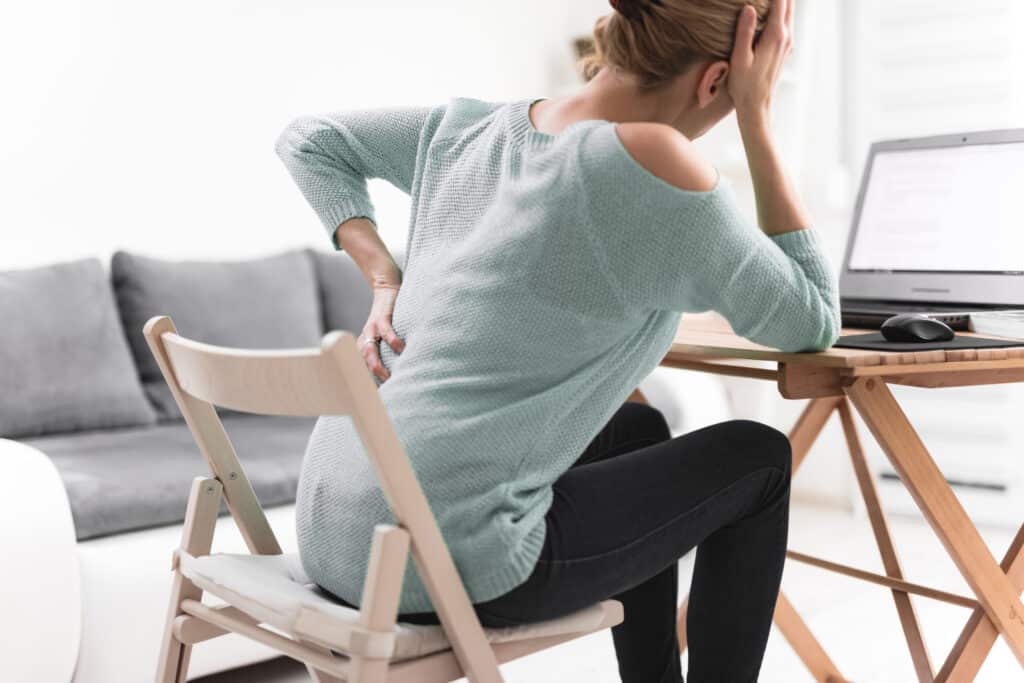
Greater trochanteric pain syndrome (GTPS) is a condition that affects many people. It is characterized by pain in the outer hip area which can be very uncomfortable and debilitating. Many people who suffer from GTPS wonder if the pain will be constant or if it comes and goes. In this blog post, we’ll explore that question and provide you with some helpful information about how to manage GTPS.
The short answer to the question of whether GTPS hurts all the time is no. The pain associated with GTPS can come and go depending on a variety of factors. For some people the pain may only occur when they are engaging in certain activities such as walking up stairs or running. Others may experience pain that is more constant or occurs at random intervals throughout the day.
One factor that can influence whether GTPS hurts all the time is the severity of your condition. If you have a mild case of GTPS you may only experience occasional discomfort. However if your condition is more severe you may experience constant GTPS pain at night or that interferes with your daily activities.
Another factor that can affect whether GTPS hurts all the time is how well you are managing your symptoms. If you are receiving treatment from a physiotherapist or chiropractor and following their recommendations for exercises and stretches you may find that your pain is reduced or eliminated altogether. On the other hand if you are not actively managing your symptoms you may find that your pain persists and worsens over time.
It’s important to note that while GTPS does not always hurt all the time, it can still have a significant impact on your quality of life. Even if your pain comes and goes it can be difficult to engage in certain activities or perform everyday tasks when you are experiencing discomfort. That’s why it’s important to seek treatment for GTPS as soon as possible.
In addition to seeking treatment from a physiotherapist or chiropractor, there are several things you can do at home to manage your symptoms. For example, you may find that applying heat or ice to the affected area helps to reduce pain and inflammation. You can also try doing gentle stretches and exercises recommended by your healthcare provider.
In conclusion, while GTPS does not always hurt all the time, it can still be a very uncomfortable condition that affects many people. The severity of your symptoms and how well you manage them will determine how much impact GTPS has on your daily life. By seeking treatment from a healthcare provider and following their recommendations for managing your symptoms, you can reduce or eliminate pain associated with GTPS. Remember that early intervention is key when it comes to treating this condition, so don’t hesitate to reach out for help if you are experiencing hip pain.




